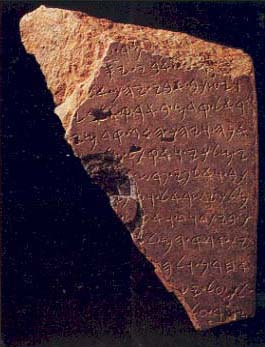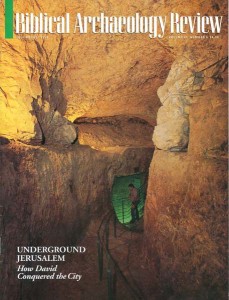“House of David” Built on Sand: The Sins of the Biblical Maximizers

A recent BAR article trumpets the discovery of a new inscription found at Tel Dan that allegedly mentions the name “David” and refers to the kingdom of Judah as the “House of David.”a On this basis it is suggested that Biblical scholars ignore the theories of the “Biblical minimizers,”b—that is, those of us who stubbornly insist that Biblical stories, like any other ancient accounts, ought to be verified before being accorded the status of facts. As it turns out, neither claim made for the Tel Dan inscription—that it contains the name “David” and that it contains the term the “House of David” as a reference to the kingdom of Judah—is factually true.
The discussion that follows is a reply not only to the BAR article, but also to the more scientific paper written by Tel Dan excavator Avraham Biran of Hebrew Union College in Jerusalem and his paleographer Joseph Naveh of Hebrew University.1
The critical Semitic letters in the inscription on the fragment of a monumental basalt stele from Tel Dan are BYTDWD (
Already a library member? Log in here.
Institution user? Log in with your IP address.

